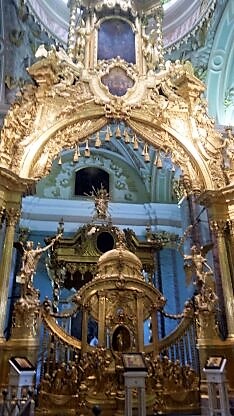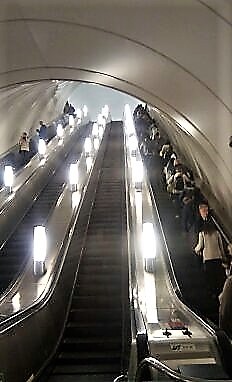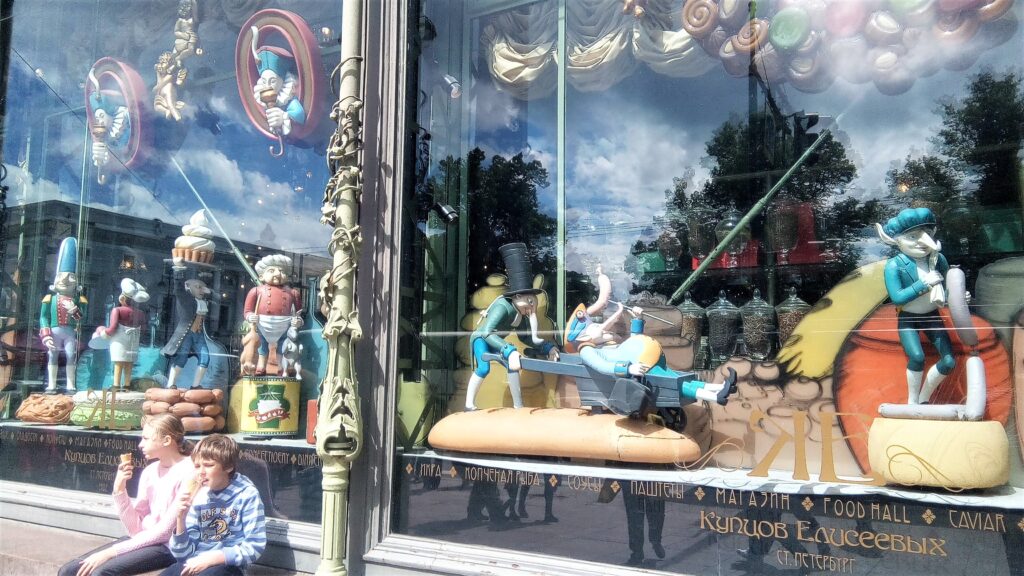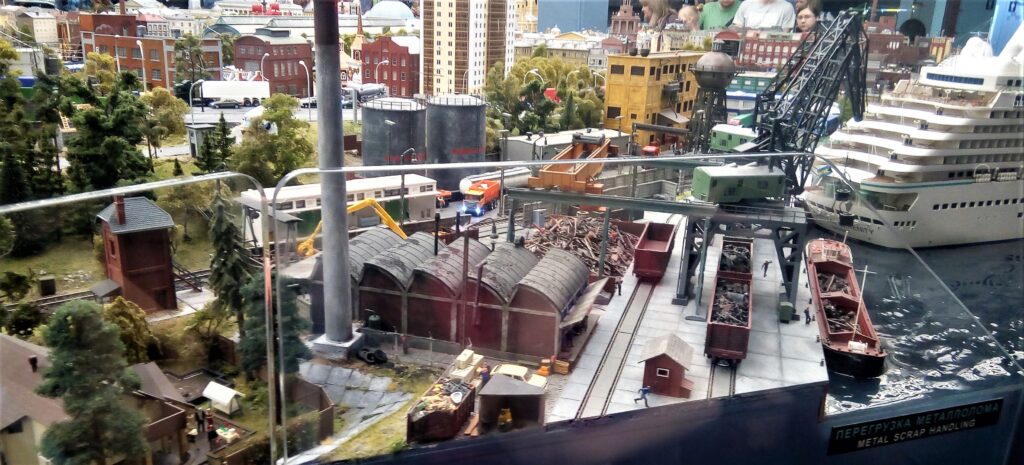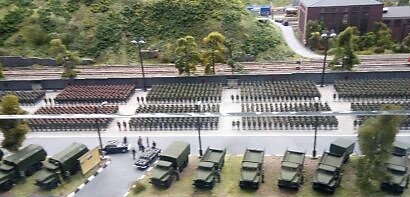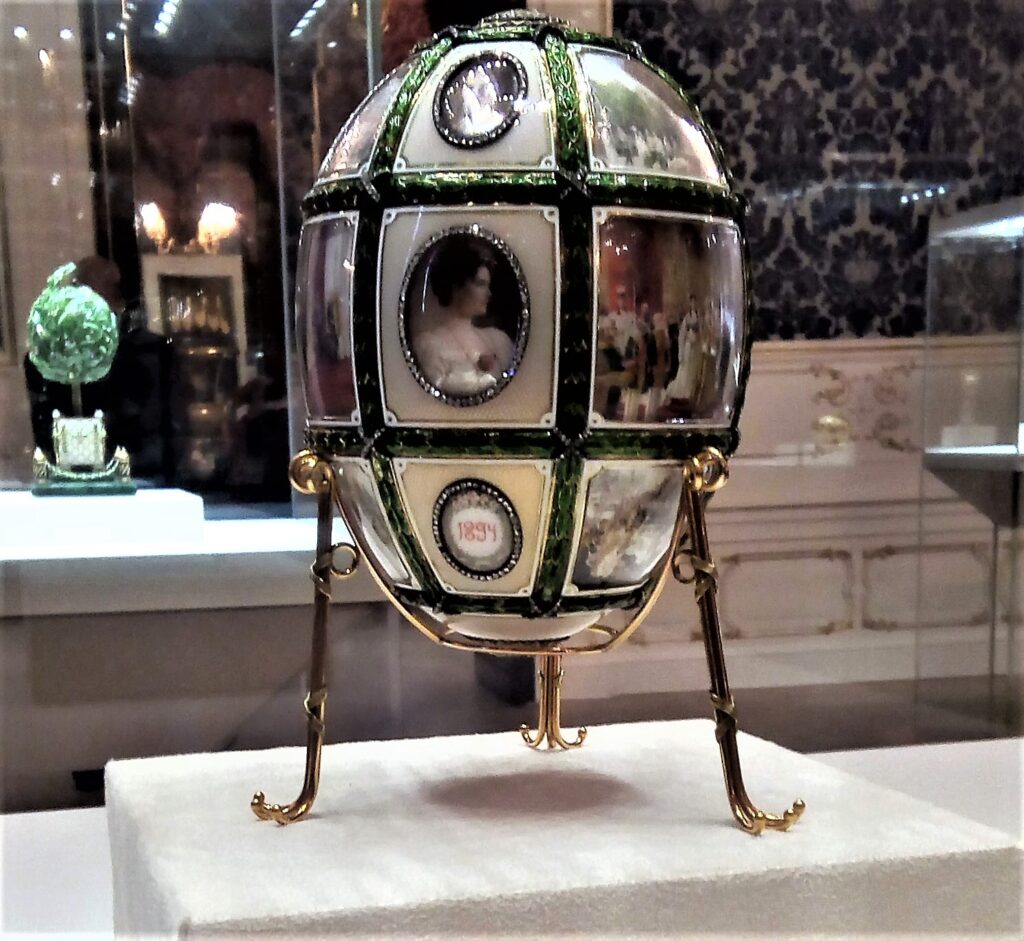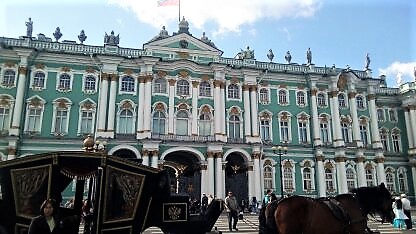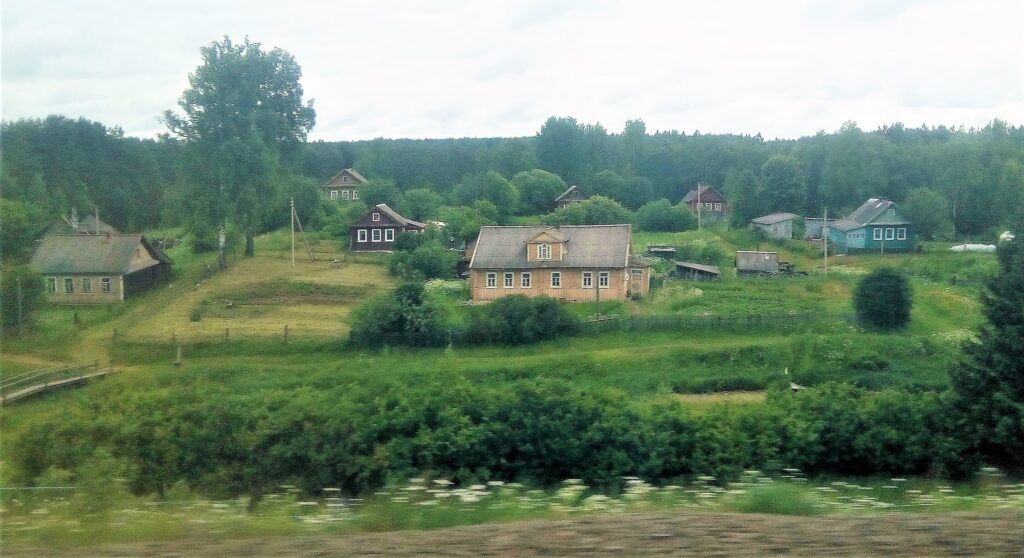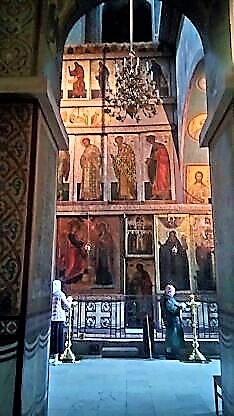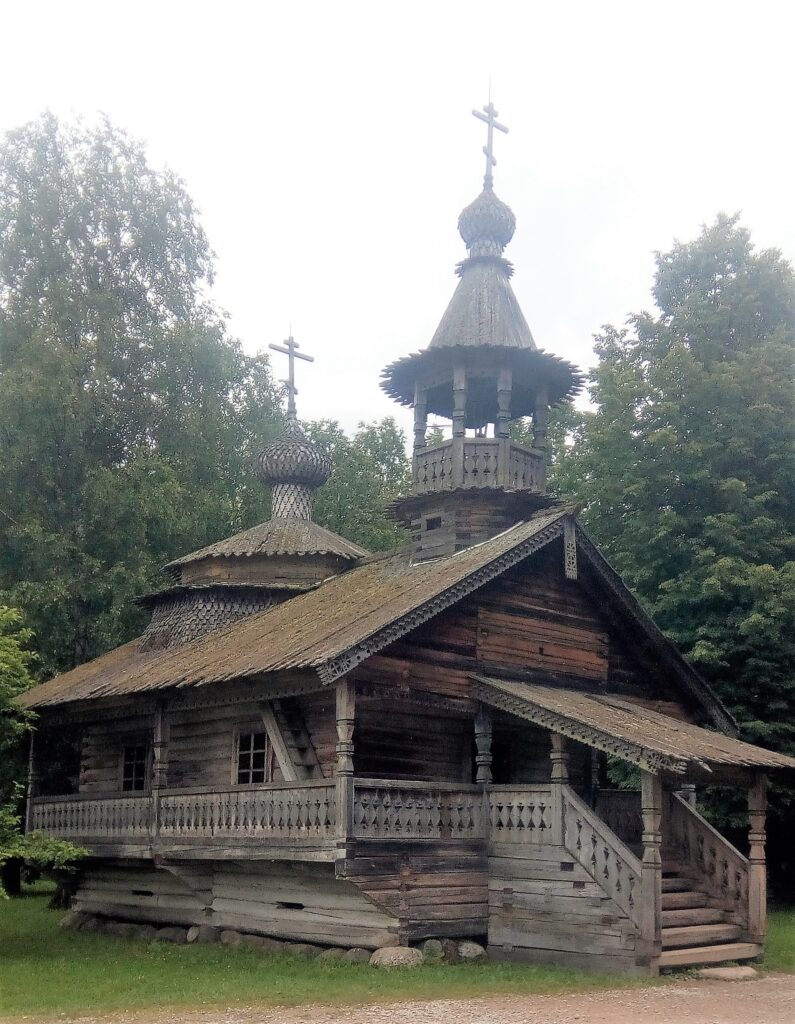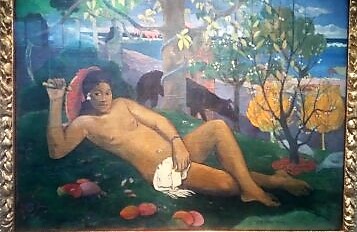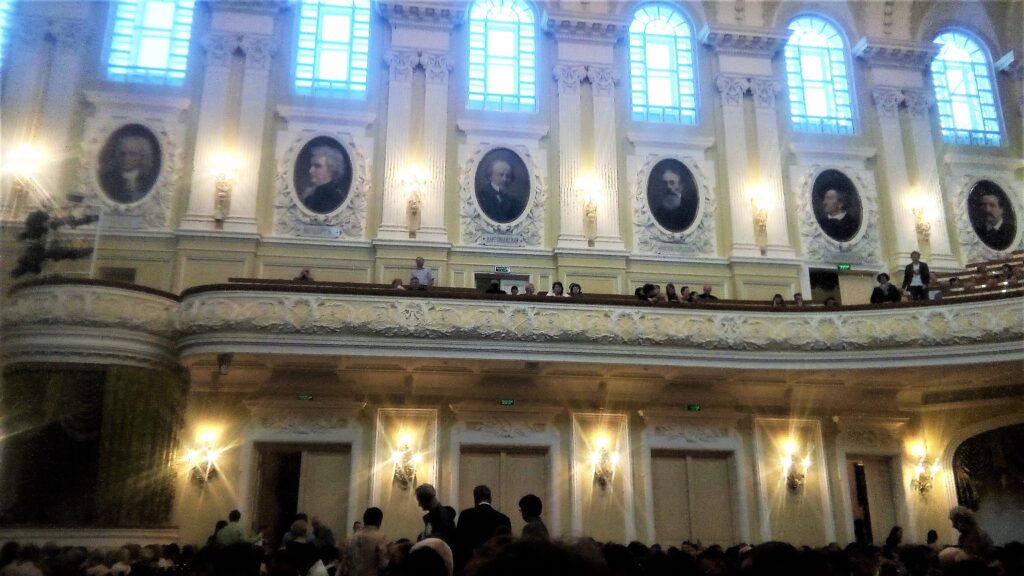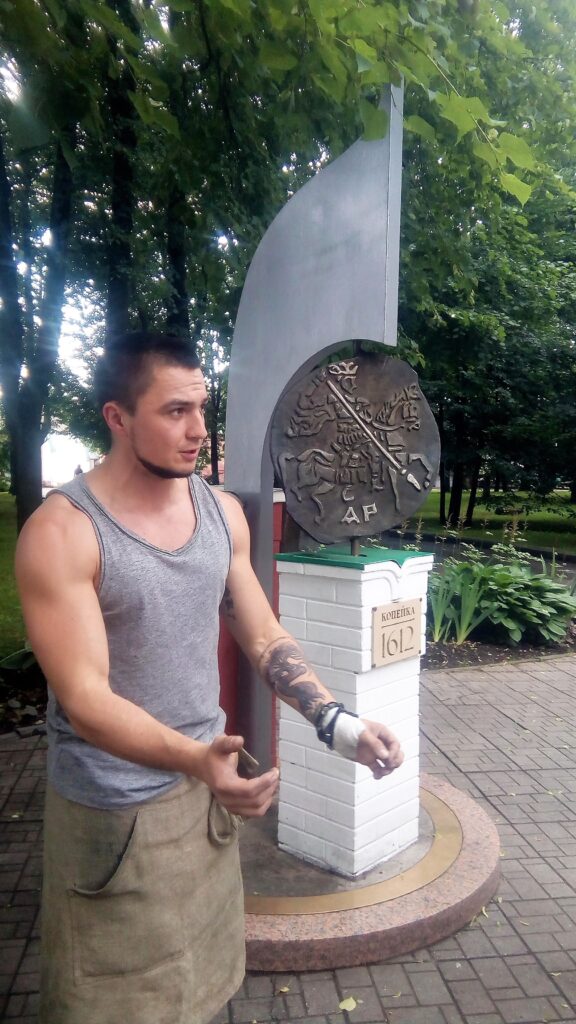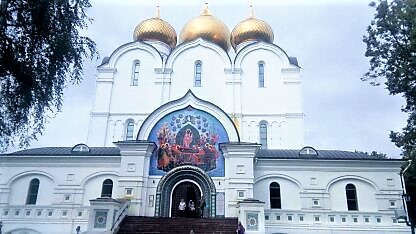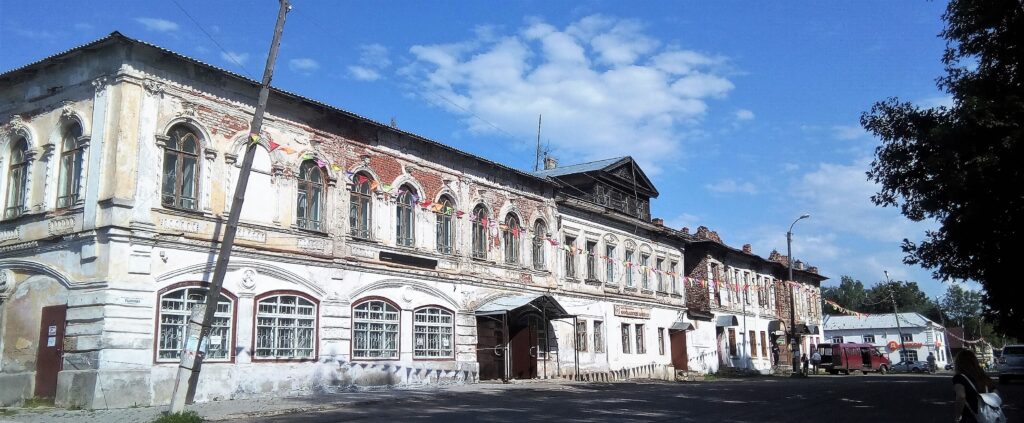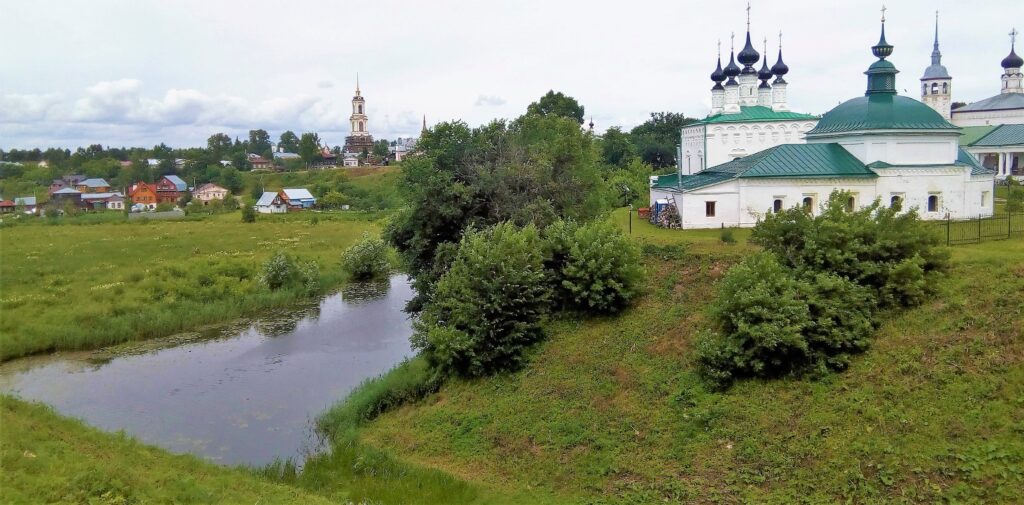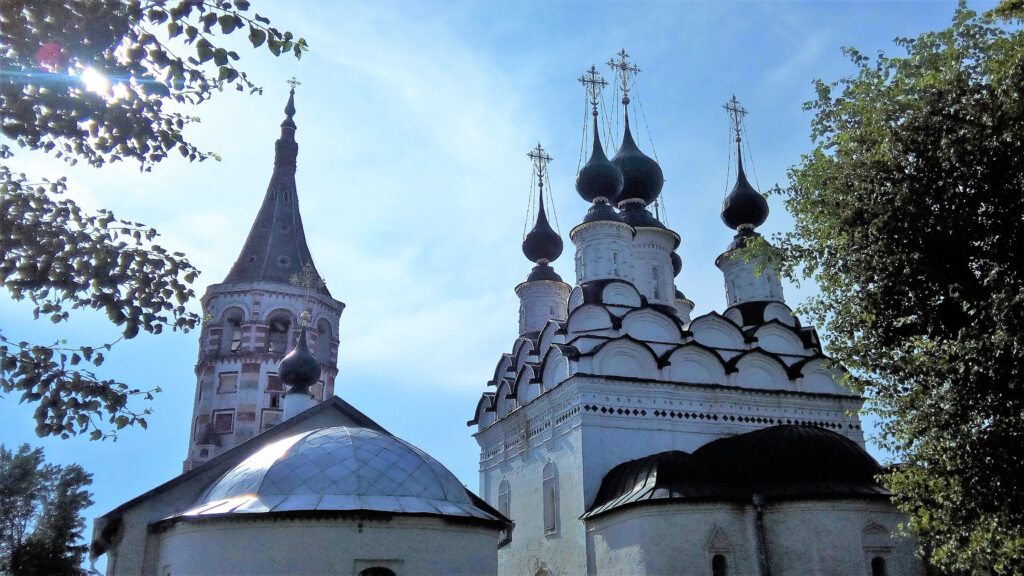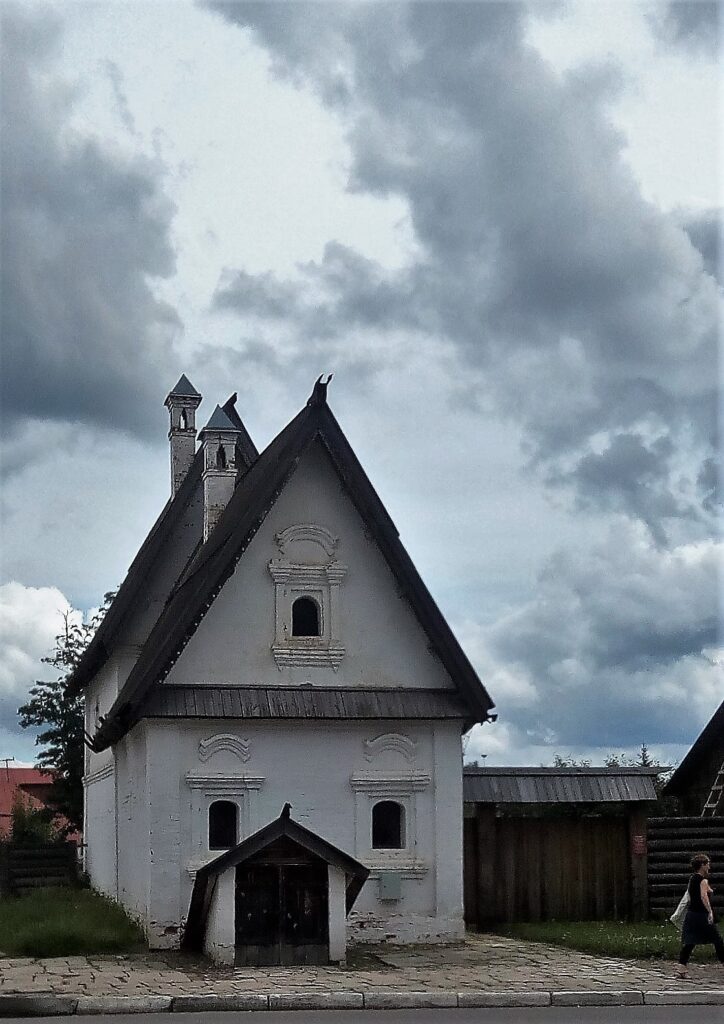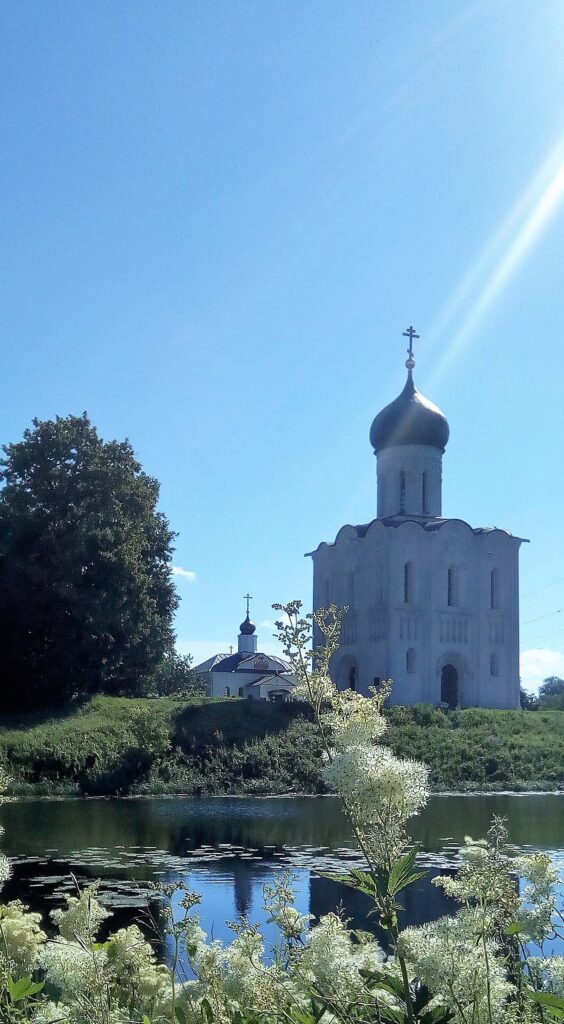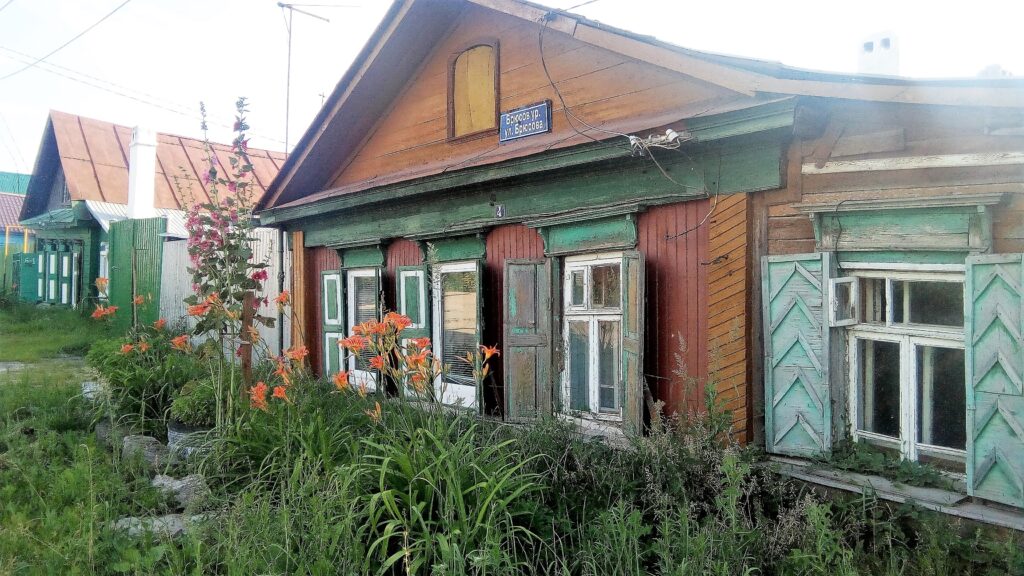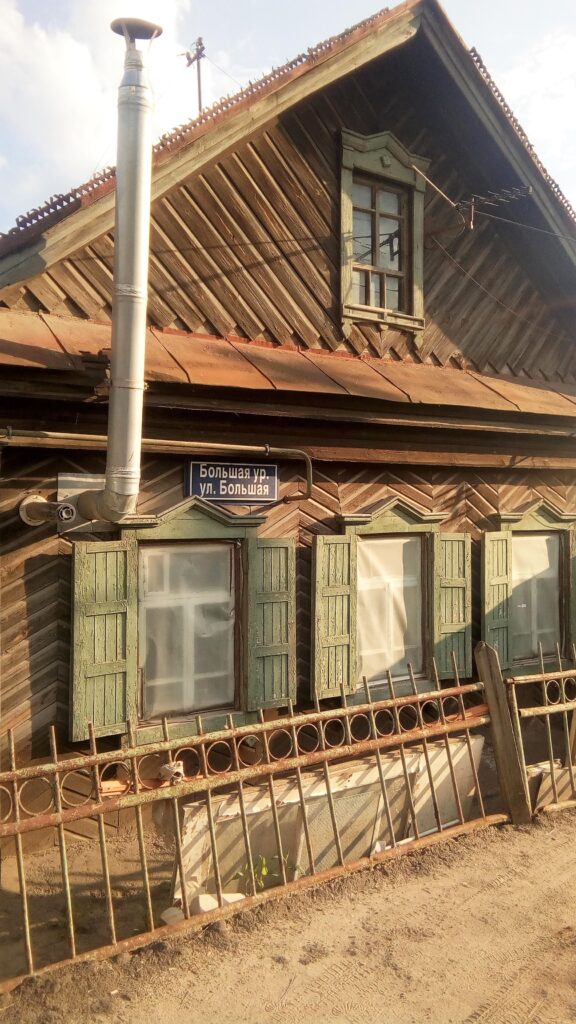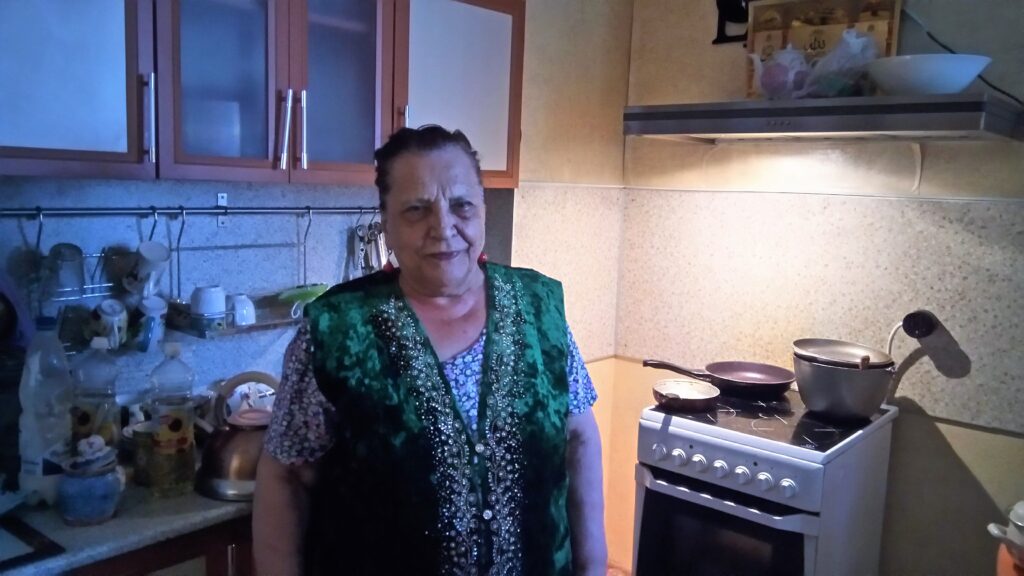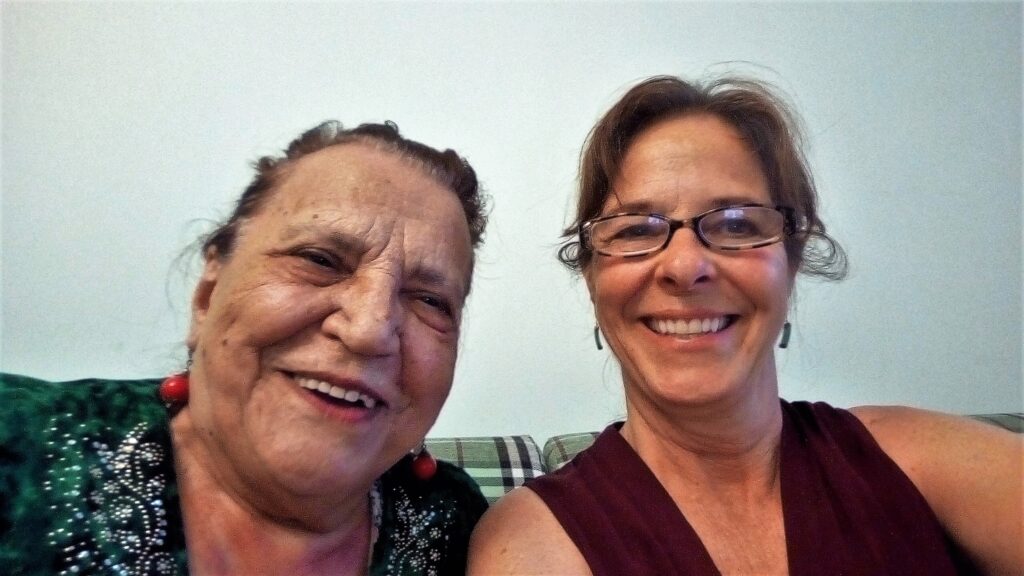Imperial Splendor – Museums, Ornate Windows, and Onion-Dome Churches
We all know Russia is huge and very diverse. And making reservations for places, like the Bolshoi, can be daunting if you don’t speak Russian. But I learned the best way to get to know the people, is to find a room at an Airbnb rather than rent a flat, then use the phone translator to chat. So, even though most Russians don’t speak English, it’s easy to get around. And one place I always go to get the lay of the land is the grocery store. Just hop on the nearest metro, which can be very deep in Russia.

Moscow’s subways are up to 55 meters underground. St. Petersburg’s go down 86 meters, 27 stories.
St. Petersburg – The Venice of Russia
St. Petersburg is known as the Venice of Russia with canals everywhere. A delightful place to visit in the summer, even if it’s too bright outside for the street lights to turn on until midnight. Then they turn off two hours later. And it stays dark too long in the winter.
But any time of the year, there is creative magic in the air, as if Russians never grew up.
Grand Market
Grand Market is a private museum displaying a slice of life in Russia. The computer-operated miniature model of everyday life depicts mundane aspects of living, like shipping operations, as well as recreational activities, like winter sports and scenes of military glory. It’s almost an indoctrination of Russian values, and you can see pride on the faces of all the Russians, old and young, who visit this museum.
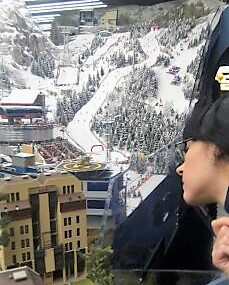
There’s great artistry everywhere. The buildings, music, Faberge eggs, and the young women dressed to the nines, make fashion-conscious connoisssiuers in Paris, Milan and New York look twice.
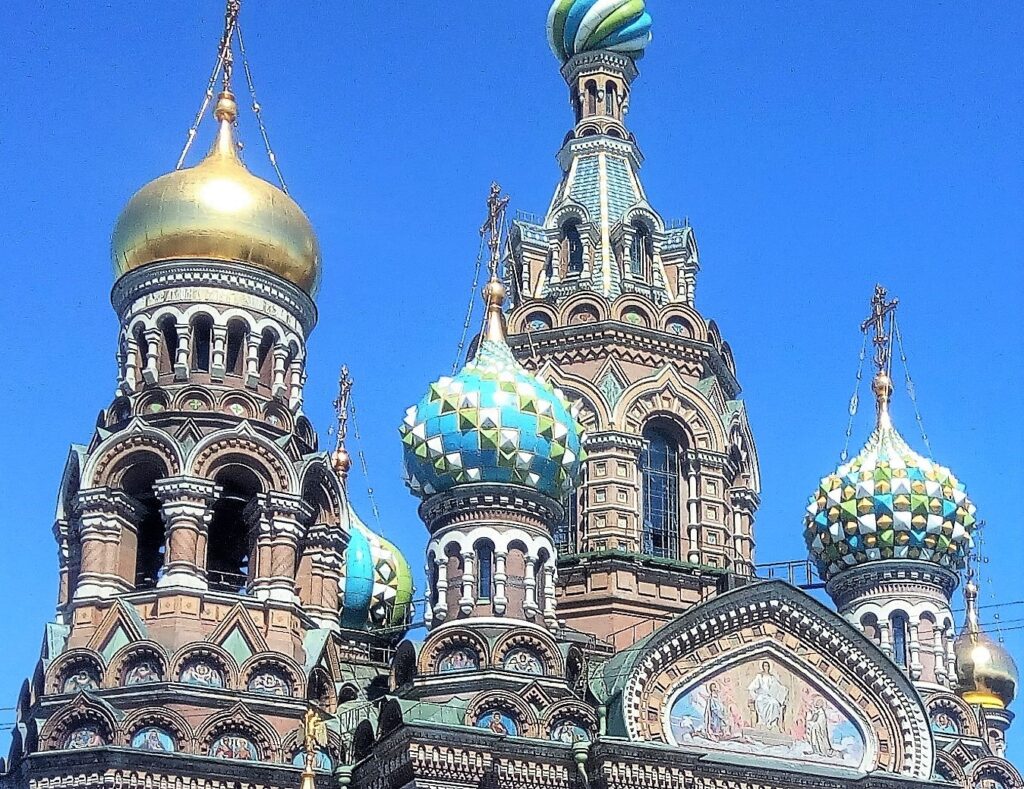
was once an Orthodox Church. Its walls are coated with art.
Built in the early 1700s, and known as the winter palace, the center of the Hermitage was home to the Imperial Family until the revolution in 1917. In 1779 Catherine the Great acquired 204 pieces of art from the Walpole collection then expanded the palace, in the Russian Baroque style, to house the artwork. The Hermitage is just one of many excellent museums worth visiting in St. Petersburg.

You can catch a hydrofoil on the Neva River, near the Hermitage, to get to Peterhof, one of the Royal Family’s summer palaces.
Peterhof
Also built in the early 1700s, and only forty-five minutes by boat west of the Winter Palace, is the Summer Palace, Peterhof. The extravagance helps the visitor understand why there was a revolution.
Veliky Novgorod – Western trading front on the Volkhov River
The land between St. Petersburg, the second-largest city in Russia, and Veliky Novgorod, one of the largest European cities in the 14th century, is sparsely populated—and probably very cold in winter.
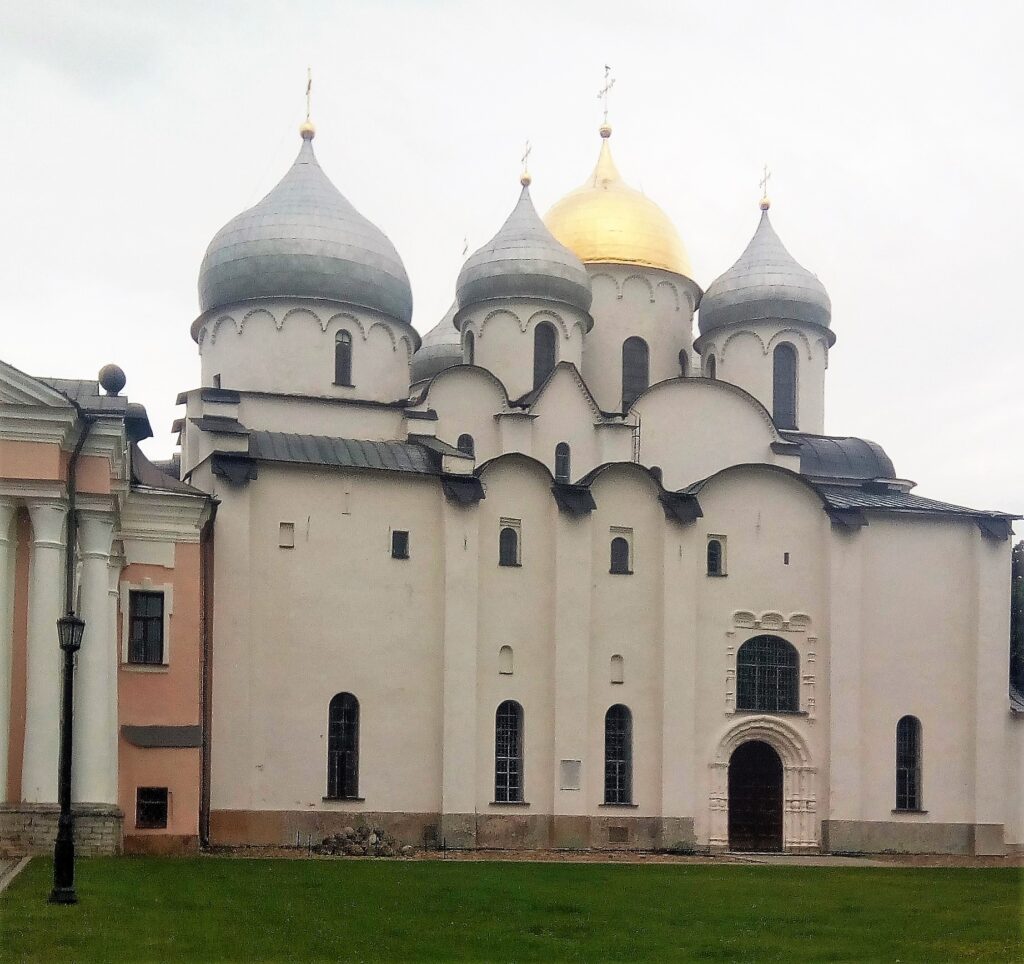

One of the western-most cities in Russia, Veliky Novgorod’s art shows how greatly it suffered during what the Russians call The Great Patriotic War, where 20 million Russians lost their lives.
Vitoslavlitsy, an open-air museum, is a twenty-minute bus ride from Veliky Novgorod. Take Bus 7 to see the centuries-old Slavic wooden architecture that was moved from other villages in the region, then reconstructed on-site to show what ancient Russian life was like.

Built in 1030 CE, St Georges Monastery, about 5 km south of Veliky Novgorod, is said to be the oldest monastery in Russia.
Moscova (Moscow) – A city well worth walking – then take the metro home.
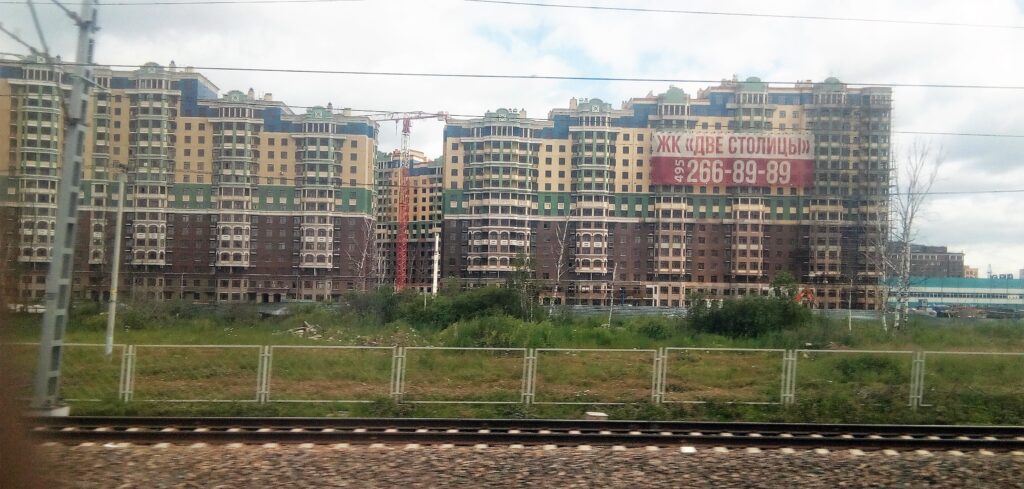
A train is the best way to get around the rural areas. But the stops are limited. So, you may need to hire a car to take you from the station to the town you want to visit. The trip to Moscow goes through wooded villages to concrete high-rise apartments in the country’s capital. I was told there are no homeless in Russia because everyone is given a place to stay, even if the kitchens are so small that you can touch the sink with one hand, the stove with another, the table with one foot, and the door with the other.
Museums, music, and ballet are the lifeblood of Moscow.
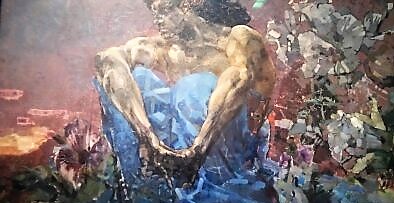

Located in an unassuming building near the Pushkin Museum is the Art Gallery of the European and American Countries of the XIX-XX Centuries. There are paintings from Picasso, Van Gogh, Gaugin, Matisse, Renoir, and other famous masters that I’ve never seen in other galleries. It’s OUTSTANDING.
If you want exquisite sound, go to the Tchaikowski Conservatory, not the Tchaikovsky Concert Hall. But catch a taxi early. The traffic in this area is horrendous.
And where else but the Bolshoi can you see a dancer leap across the entire stage on bulging frog legs.

When most people think of Moscow, the Kremlin comes to mind. But many towns have Kremlins, or citadels within a town housing the administrative offices, ruling entities, and churches. Moscow’s Kremlin has five palaces and four cathedrals, all surrounded by its red brick wall and towers.
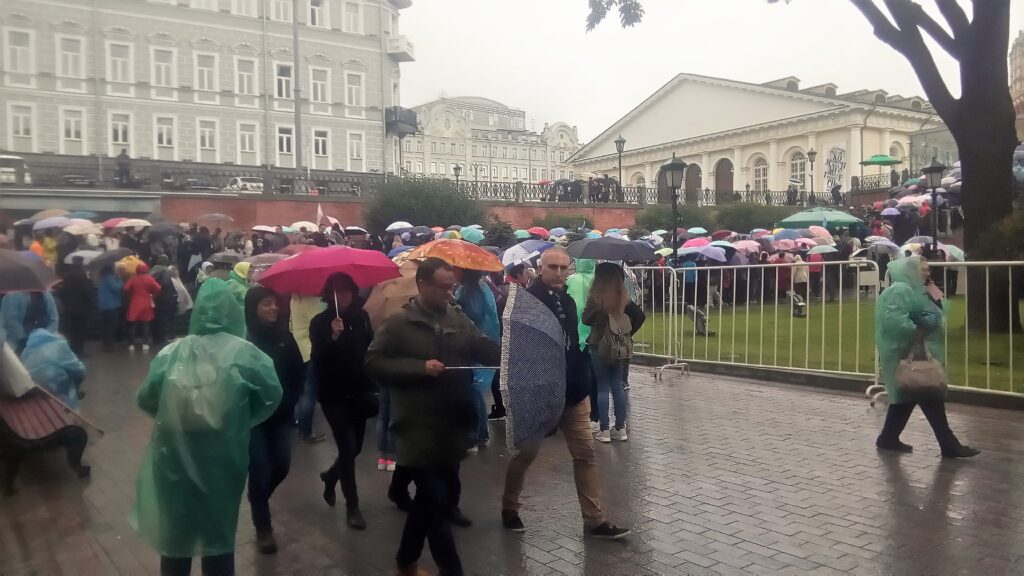


Golden Ring In 1967, after journeying northeast from Moscow to Yaroslavl then down to Suzdal and Vladimir, traveling in a circle back to Moscow, Yuri Bychkov, an art historian, noted the area’s unique Russian architecture from the XII-XVII centuries and aptly named the route the Golden Ring. There are day tours from Moscow to the Golden Ring, but I chose to hire a car for long-distance travel, then took buses locally.
Yaroslavl – Located on the Volga River, Yaroslavl was the defacto-capital of Russia from the time of the Polish invasion in 1608 until 1612, when a peasant army liberated Moscow. Throughout time. Yaroslavl has suffered 13th-century attacks from the Mongol Golden Horde, received visits from Ivan the Terrible in the 16th century on his pilgrimages to the Spaso-Prebrazhensky monastery, and is known as the City of Churches and monasteries frequently visited by cruise boats on the Volga River.
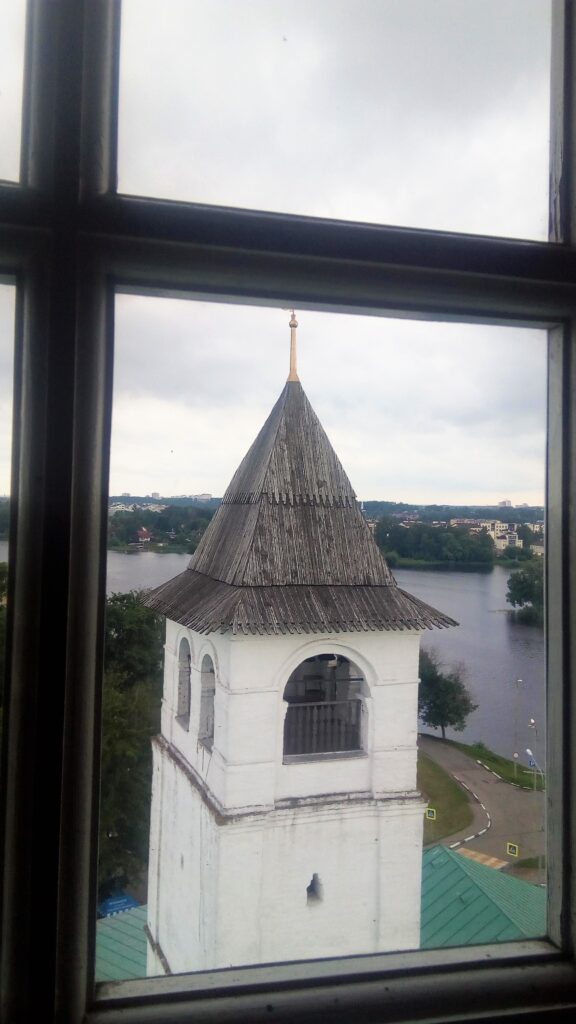
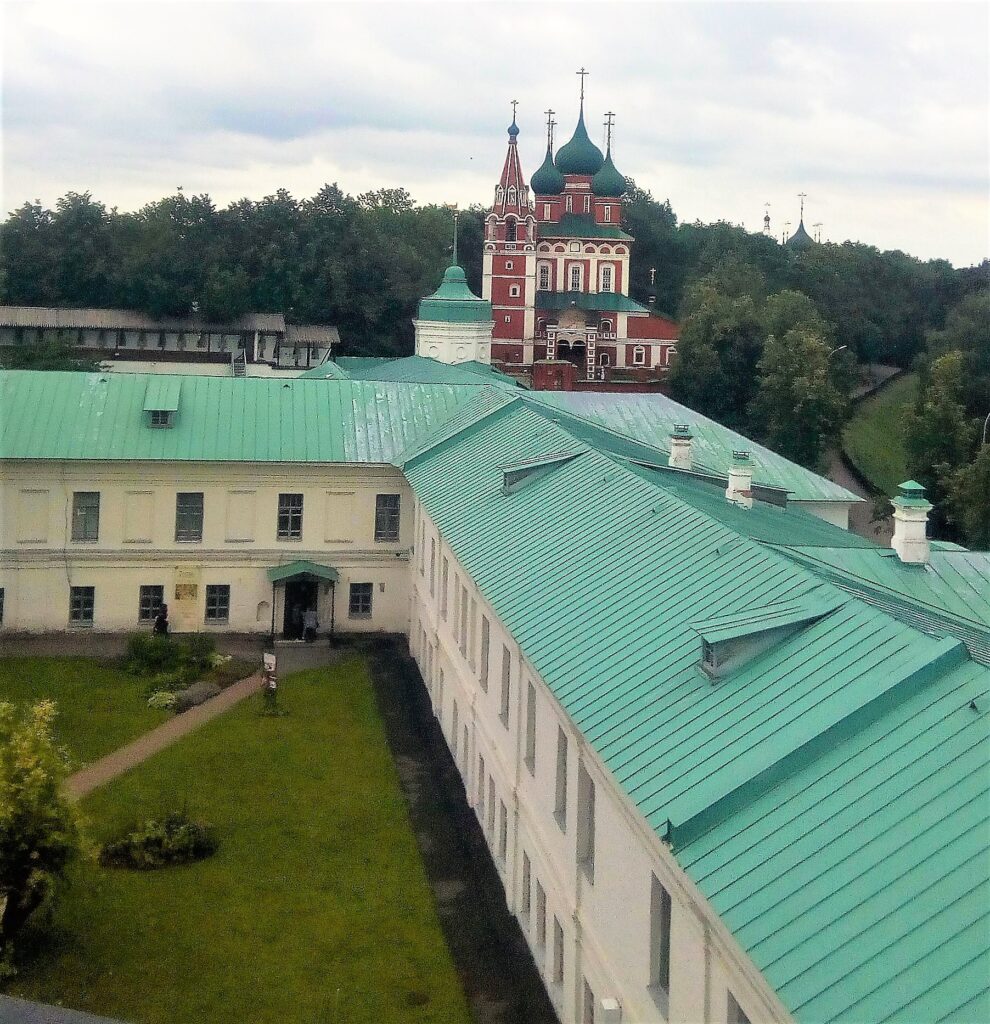
Vvendenskiy Tolga Monastery is really a convent on the left bank of the Volga River, downstream from Yaroslavl. It was founded in 1314 CE.

Further downstream, Tutayev, a 14th-century town of 42,000, is split in two by the Volga River. Most inhabitants live on the right bank. But picturesque homes and churches on the left bank are worth the visit.
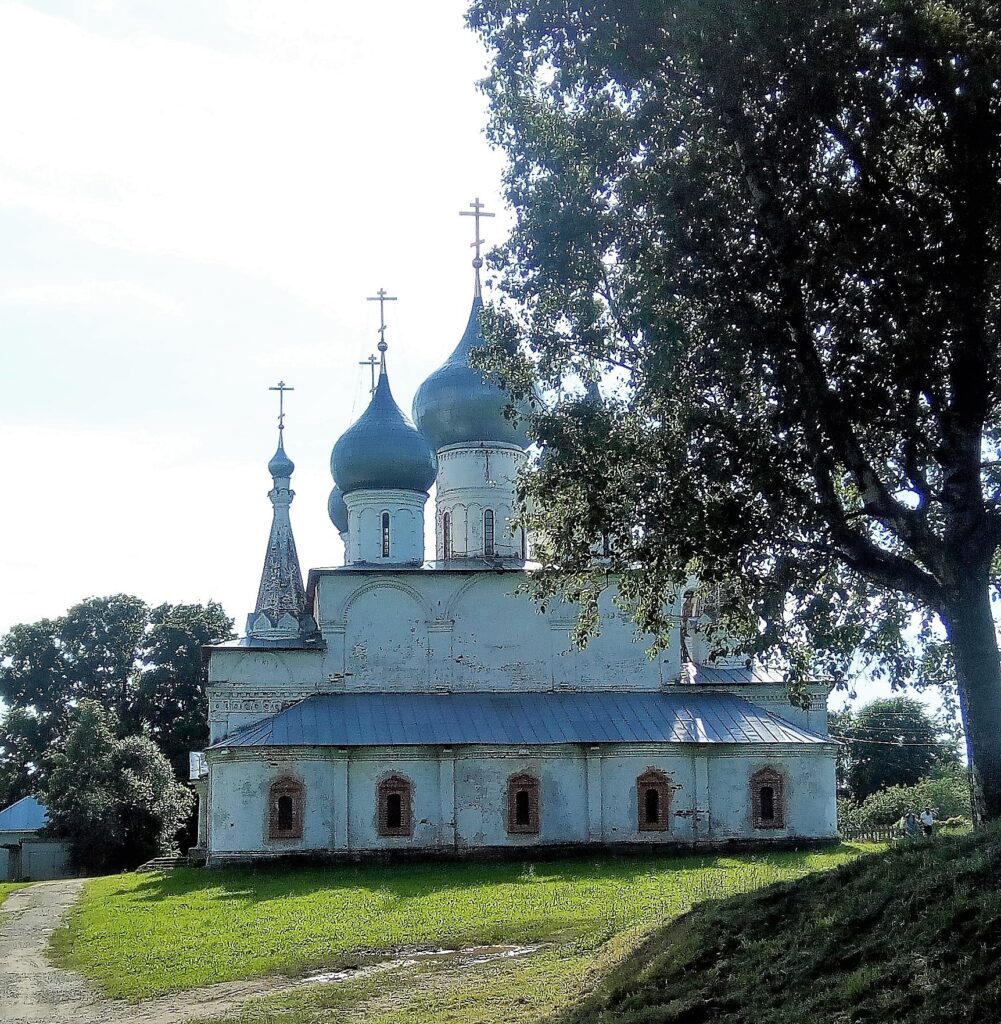
bank Is abandoned, but worth visiting.
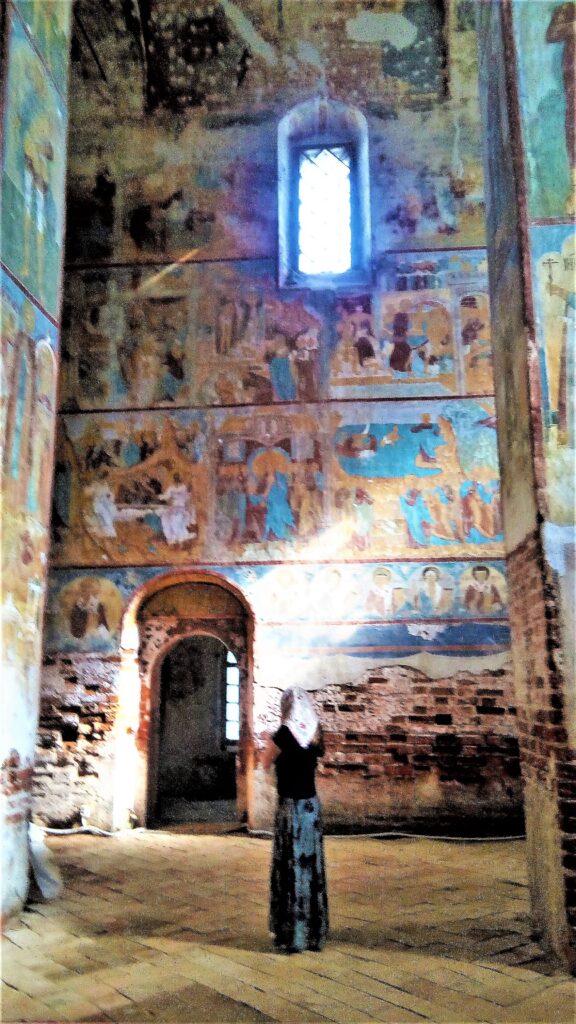

I called the Voskresenskiy Sobor the ‘hands and knees’ church. Built in (1678 CE) on the right bank in Tutayev, you get on your hands and knees when you enter, then crawl along a tunnel to reach the end, where you kiss a holy cross.
Suzdal – Sleepy Village in the Golden Ring
Most of the time, I had to use my phone translator to speak with the locals, speaking into it then turning it around for the Russian to see the translation in their language. One person, a retired soldier, surprised me with his view of the US. I told him that while I was growing up, we had air-raid practices at school in the event we were bombed by Russia. Whenever we heard sirens, we’d drop to the floor then crawl under our desks. I asked him whether Russians had a similar drill in the event of an attack by the US. He said, “It’s the Germans we worry about not the Americans.”


Kazan – Where west meets east and Muslims outnumber Christians.
If you don’t have much time to spend in Kazan, check all the transportation schedules as soon as you arrive. Don’t be like me, and assume the hydrofoil to Bolgar is in operation. The boat was down the week I visited Kazan. And not only was it difficult to find a car to take me down there but with a shortage of hotels, I would have needed the driver to wait while I visited the site.
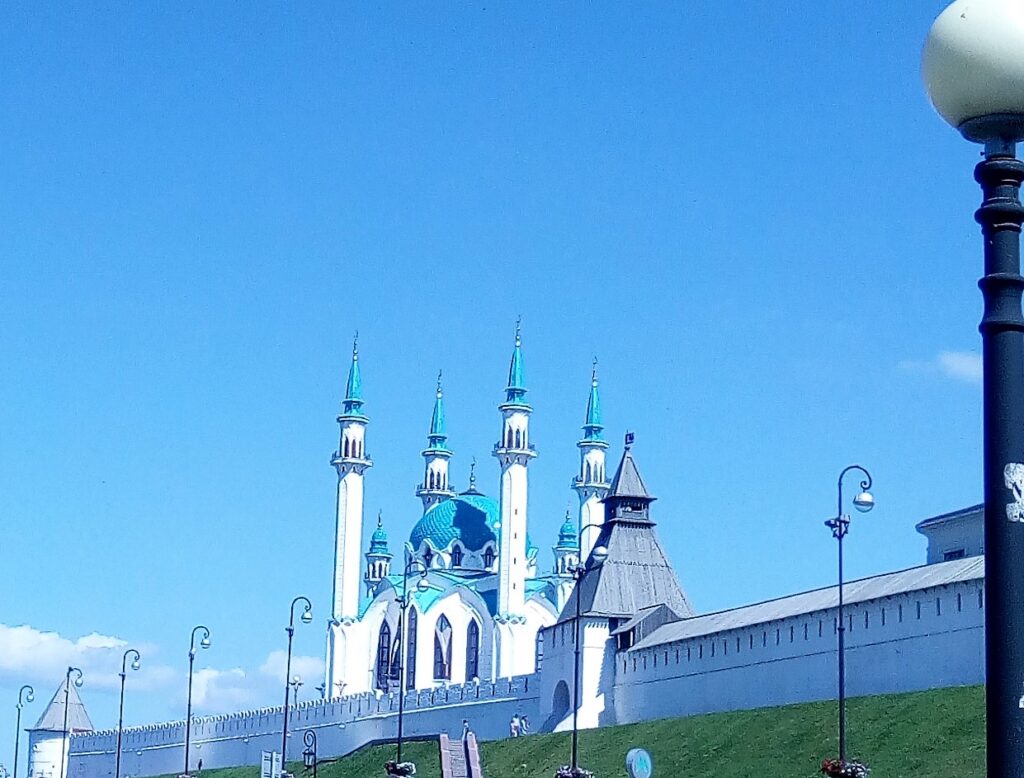
The weather in Russia is brutal. St Petersburg’s temperatures range from 21 to 65 degrees Fahrenheit. Moscow’s climate goes as low as -18 and as high as 65 degrees Fahrenheit. While Kazan goes down to -14 and up to 88 degrees Fahrenheit.
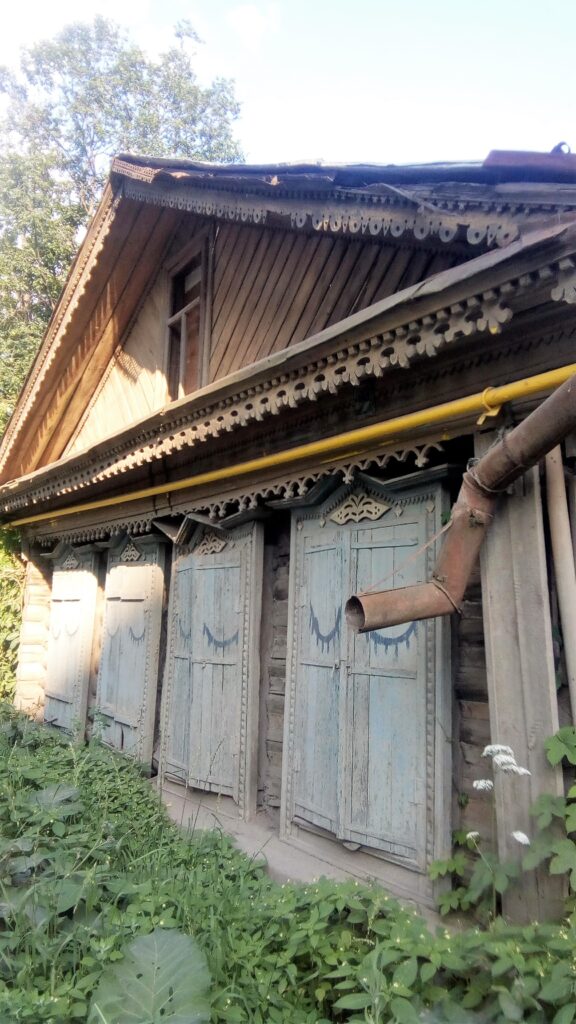
there is either rain or snow year-long, is imperative.
In Kazan, I took a room with a family at an Airbnb. As is the case with many Airbnb room rentals, one family member gives up their bedroom for the guest and sleeps in the living room. In Kazan, it was the grown daughter who lived with Grandma and Grandpa, in a high-rise apartment, and all the relatives from out of town who wanted a place to flop—or gawk at the foreign visitor.
Since I couldn’t get to Bolgar, I spent more time than expected chatting with Grandma. A warm-hearted, charming woman who spoke no English, she made the same soup every day-onion soup. With the help of the translator on my phone, I learned she had a crush on Putin, loved soap operas, and couldn’t believe my teeth were real. So, she opened my mouth, as though I was a horse, and checked for herself. Satisfied, she nodded her approval.
During the Cold War, all sites of religious worship, not just Christian churches, were closed. So, her family held clandestine Islamic services in their home. There, as a girl, she taught the Muslim Tartars how to speak Russian, since jobs were not available to those who spoke only Tartar, even though Kazan was predominately Tartar.
She had turned 75 the week before I came and probably prepared the feast herself for her entire extended family. When we think of Russians, it’s hard not to picture soldiers, Olympic athletes, or politicians. We forget about the majority of Russians, proud of their heritage, full of dreams, and like Grandma satisfied with her life of giving. As I was leaving to catch my ride to the airport, she ran out the door after me and solemnly gave me a bar of soap. Since then, I bring a bar of soap on all international trips, to give to the new friends I make along the way.
